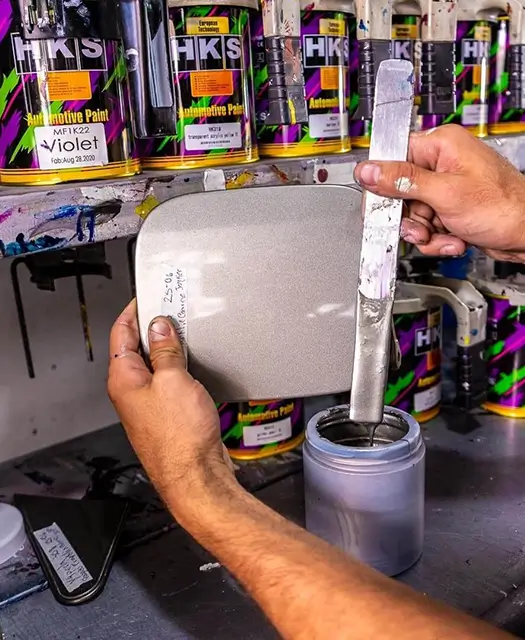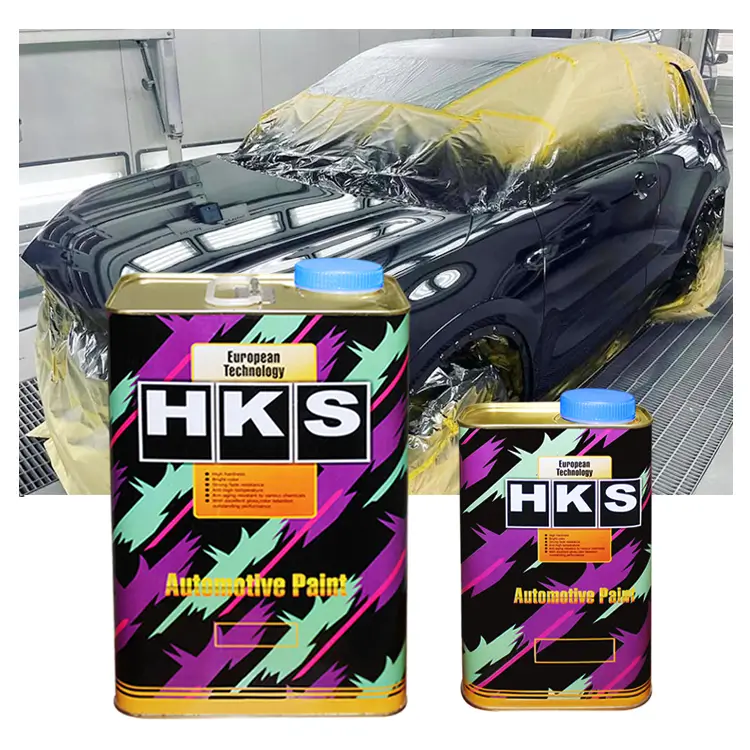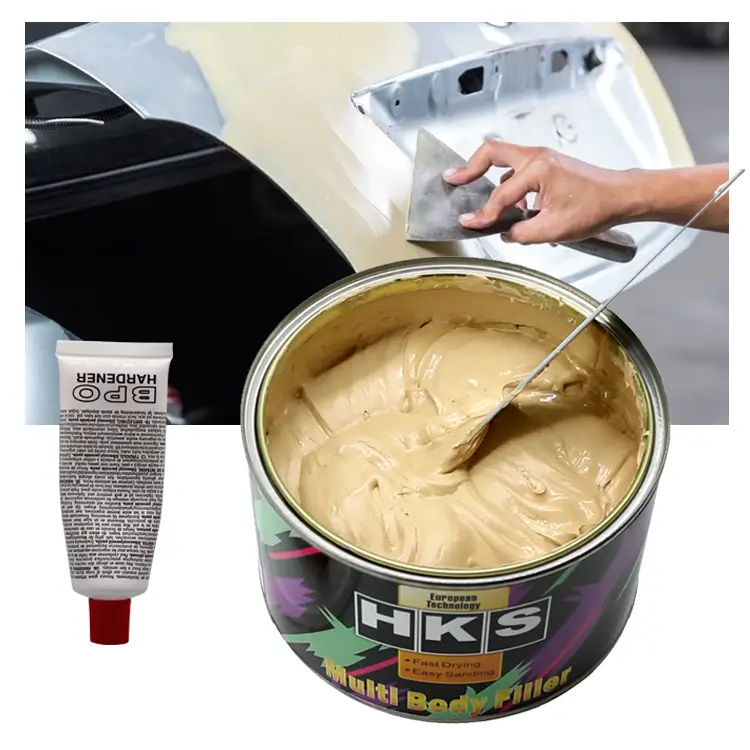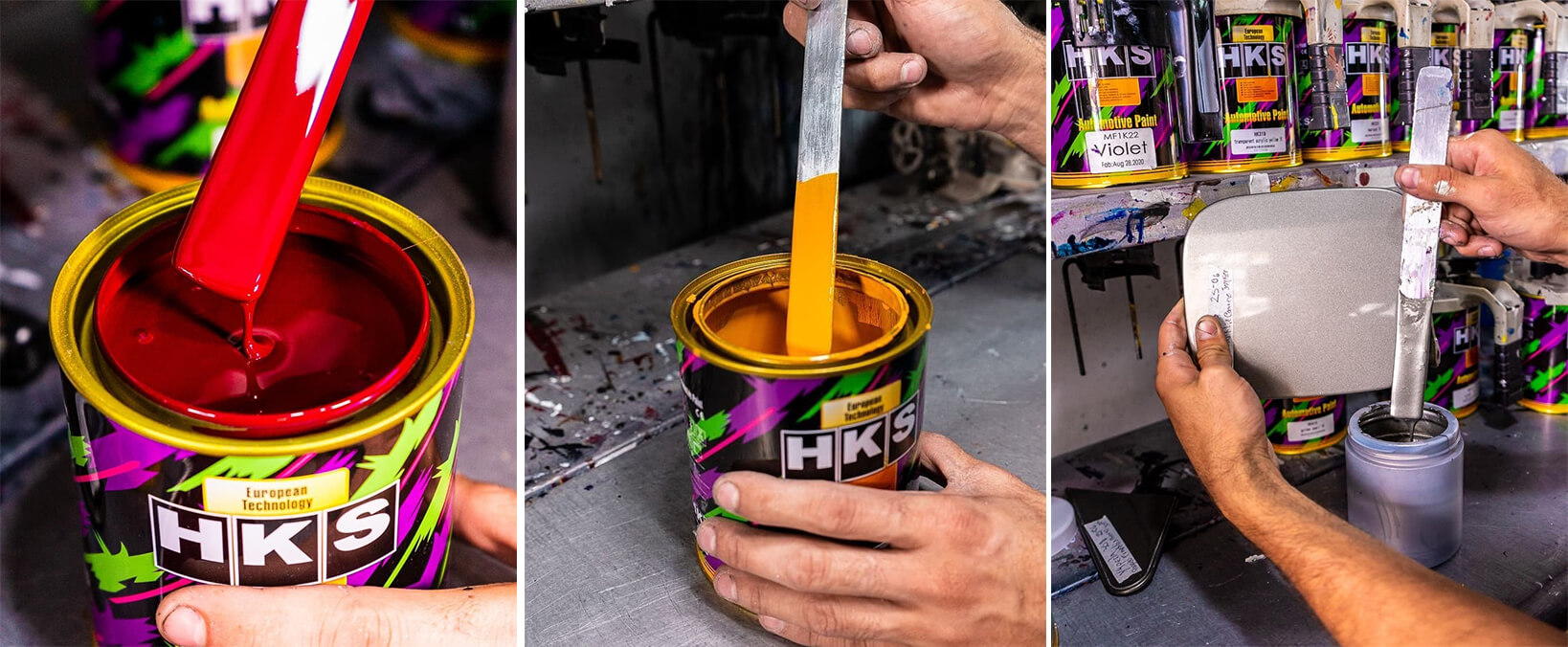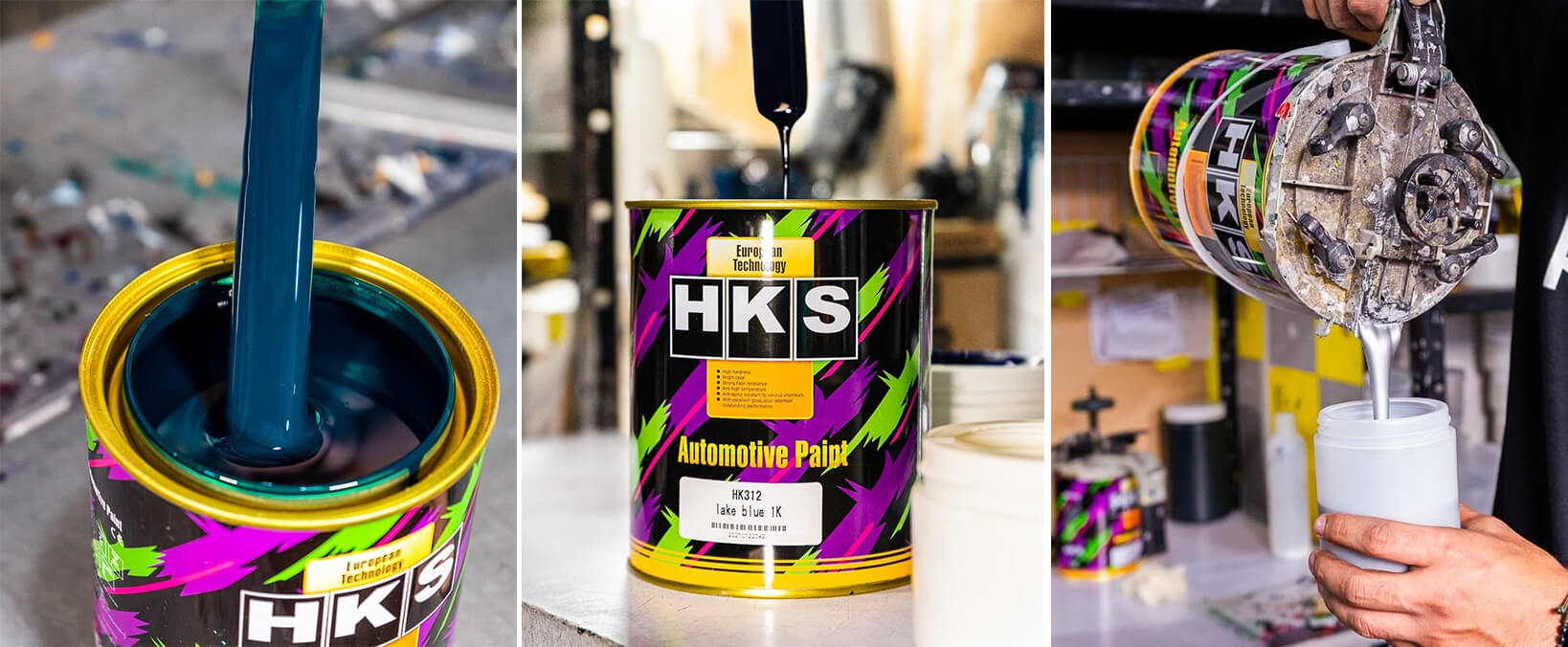
Why white automotive paint is so popular
When it comes to automotive paint colors, white is a classic choice that has been popular for decades. There are many reasons why white is such a popular color for cars, from its versatility to its ability to hide imperfections. In this article, we will explore the history of white automotive paint, the different types of white paint available, and some tips for maintaining the look of your white car.
The History of White Automotive Paint
White automotive paint has a long and interesting history, dating back to the early days of the automobile industry. In the early 1900s, cars were typically painted in black, as this was the most readily available color of paint at the time. However, as the automobile industry grew and technology improved, more colors became available.
In the 1920s, white became a popular choice for cars, as it was seen as a symbol of luxury and sophistication. Many high-end car manufacturers, such as Rolls-Royce and Bentley, began offering white as a standard color option for their vehicles.
Throughout the 20th century, white remained a popular choice for cars, particularly in the United States. In the 1950s and 1960s, white was often paired with pastel colors to create the iconic two-tone paint jobs that were so popular at the time.
Today, white remains a popular choice for cars, with many modern vehicles featuring sleek, white paint jobs that showcase their clean, modern design.
Different Types of White Automotive Paint
There are several different types of white automotive paint available, each with its own unique characteristics and properties. Here are some of the most common types of white automotive paint:
1.Solid White Paint
Solid white paint is the most basic type of white paint, and it is typically the least expensive. This type of paint consists of a single layer of white paint that is applied to the car's surface. Solid white paint is easy to apply and maintain, and it is a popular choice for commercial vehicles and rental cars.
2.Pearl White Paint
Pearl white paint is a popular choice for luxury vehicles, as it gives the car's exterior a shimmering, iridescent effect. This type of paint is created by adding tiny flakes of mica to the paint mixture, which reflect light in different directions and create a subtle, pearlescent effect. Pearl white paint is more expensive than solid white paint, but it is also more eye-catching and luxurious.
3.Matte White Paint
Matte white paint is a newer type of white automotive paint that has become popular in recent years. This type of paint has a flat, non-reflective finish that gives the car a unique, modern look. Matte white paint is more difficult to maintain than other types of white paint, as it is more susceptible to scratches and stains.
4.Metallic White Paint
Metallic white paint is another popular choice for luxury vehicles, as it gives the car's exterior a sleek, high-tech look. This type of paint is created by adding small metallic flakes to the paint mixture, which reflect light in different directions and create a shimmering, metallic effect. Metallic white paint is more expensive than solid white paint, but it is also more eye-catching and high-tech.
Maintaining Your White Car's Appearance
Maintaining the appearance of a white car can be challenging, as white paint is more susceptible to dirt, scratches, and stains than other colors of paint. However, with the right care and maintenance, you can keep your white car looking clean and pristine for years to come. Here are some tips for maintaining the appearance of your white car:
1.Wash Your Car Regularly
Regular washing is essential for maintaining the appearance of any car, but it is particularly important for white cars. Dirt, dust, and other contaminants can quickly build up on the surface of a white car, making it look dingy and dirty. To keep your white car looking its best, it's important to wash it regularly using a high-quality car wash soap and a soft sponge or mitt. Avoid using harsh brushes or abrasive materials that could scratch the surface of the paint.
2.Protect Your Car's Paint with Wax or Sealant
To protect your white car's paint from damage and fading, it's important to apply a layer of wax or sealant on a regular basis. This will help to create a barrier between the paint and the elements, preventing dirt, UV rays, and other environmental factors from causing damage to the surface of the paint. Be sure to choose a wax or sealant that is specifically designed for white paint, as some products may discolor or yellow over time.
3.Address Any Scratches or Dents Right Away
White paint is particularly prone to showing scratches and dents, which can quickly detract from the appearance of your car. To keep your white car looking its best, it's important to address any scratches or dents as soon as they occur. This may involve using touch-up paint to cover small scratches or taking your car to a professional auto body shop for more extensive repairs.
4.Use a Protective Film
For added protection against scratches and dents, you may want to consider applying a protective film to your white car's paint. These films are designed to absorb impacts and prevent damage to the surface of the paint, and they can be particularly effective for white cars that are prone to showing scratches and dents.
Conclusion
White automotive paint is a classic choice that has stood the test of time. From luxury cars to commercial vehicles, white paint is a popular choice for its versatility, sophistication, and ability to hide imperfections. Whether you choose a solid, pearl, matte, or metallic finish, it's important to take proper care of your white car's paint to keep it looking its best. By following these tips for maintaining your white car's appearance, you can enjoy a clean, shiny, and eye-catching vehicle for years to come.

Source of this article:https://www.supersybon.com
Get to know us through more channels:Facebook, Tiktok, Instagram, youtube.

